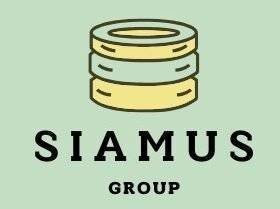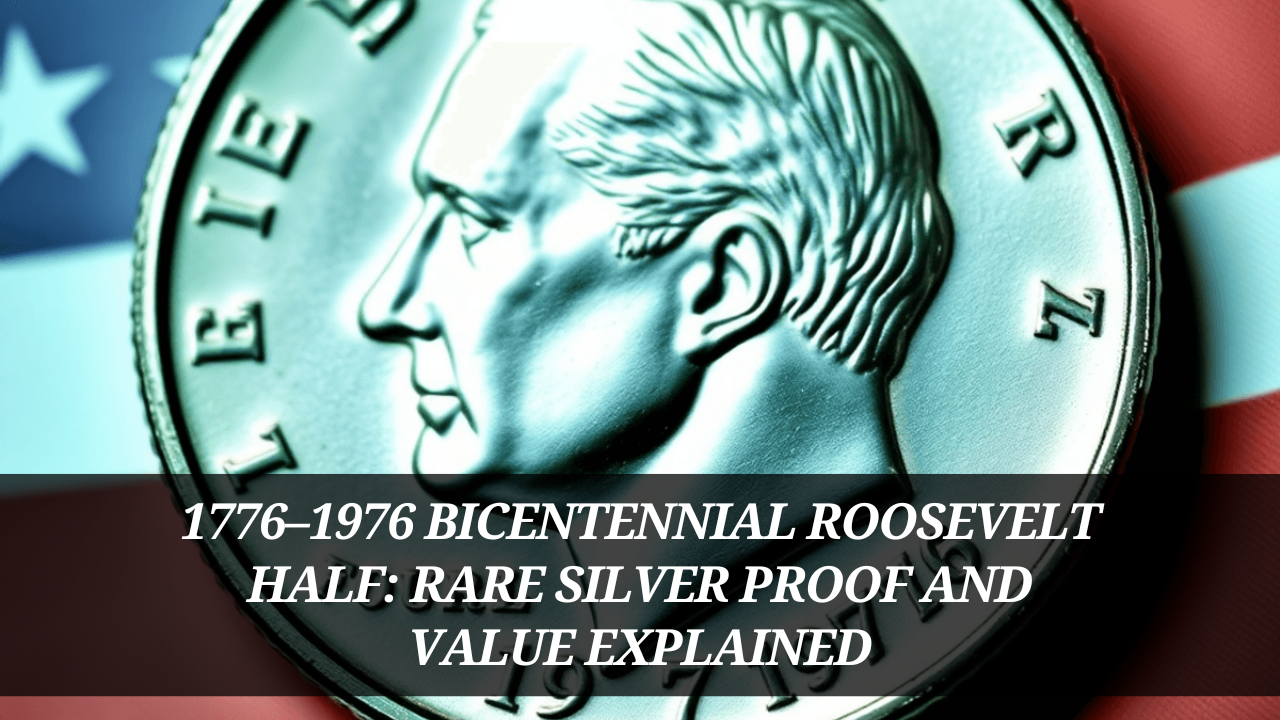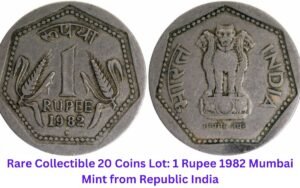The 1776–1976 Bicentennial Roosevelt Half Dollar is an extremely cherished part of American numismatic history. Minted to commemorate the United States’ 200th anniversary of independence, this coin derives much value as well as history from being unique in its designs and resembling some other coins.
With its roots in love for one’s country and its allure enhanced by its rarity, the Bicentennial Roosevelt Half Dollar speaks to the essence of a crucial moment in American history.
Below, we look at the coin’s history, design, worth, and the thrill that came with finding rare silver proof versions during coin hunting.
The Bicentennial Celebration and the Birth of the Coin
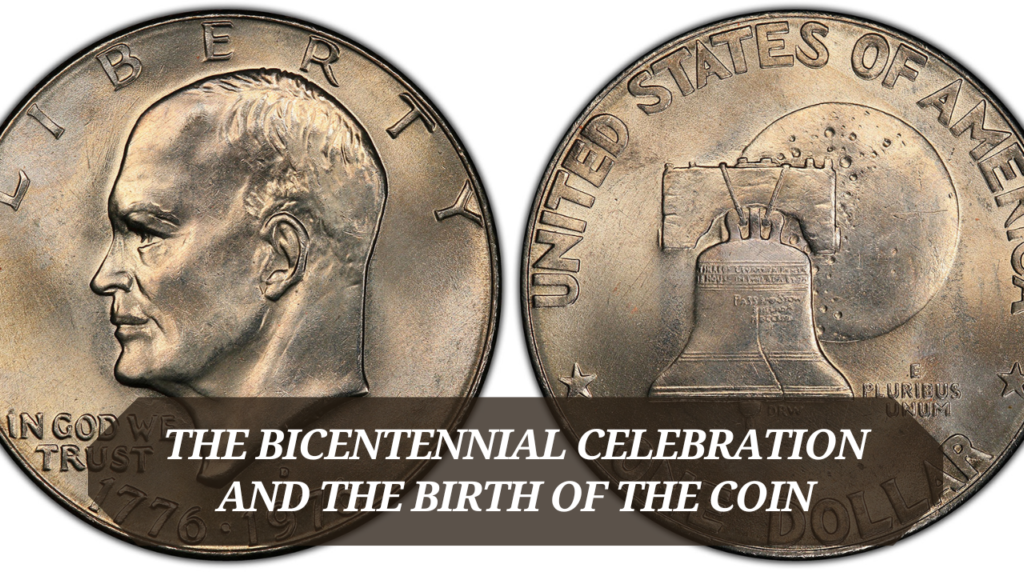
The year 1976 represented the bicentennial of the United States, an epochal celebration of 200 years of the United States’ independence.
To commemorate this glorious event, Congress sanctioned a re-designing of circulating coinage, including quarter, half-dollar, and dollar coins. Although the Roosevelt dime was not part of this redesign, it is commonly associated with the period and typifies tradition and patriotism.
This was a significant time for the half dollar, because for the first time ever in its short history, it had designed by Seth Huntington on its reverse.
The picture shows Independence Hall, where the US Declaration of Independence and other Constitution were debated and adopted, was a striking feature of this reverse design that replaced the traditional Presidential Seal to give historical gravitas to the coin.
The Unique Features of the Bicentennial Half Dollar
The 1776–1976 Bicentennial Half Dollar, known more familiarly as the Kennedy Half Dollar, has characteristics that most half dollars minted during the period do not have.
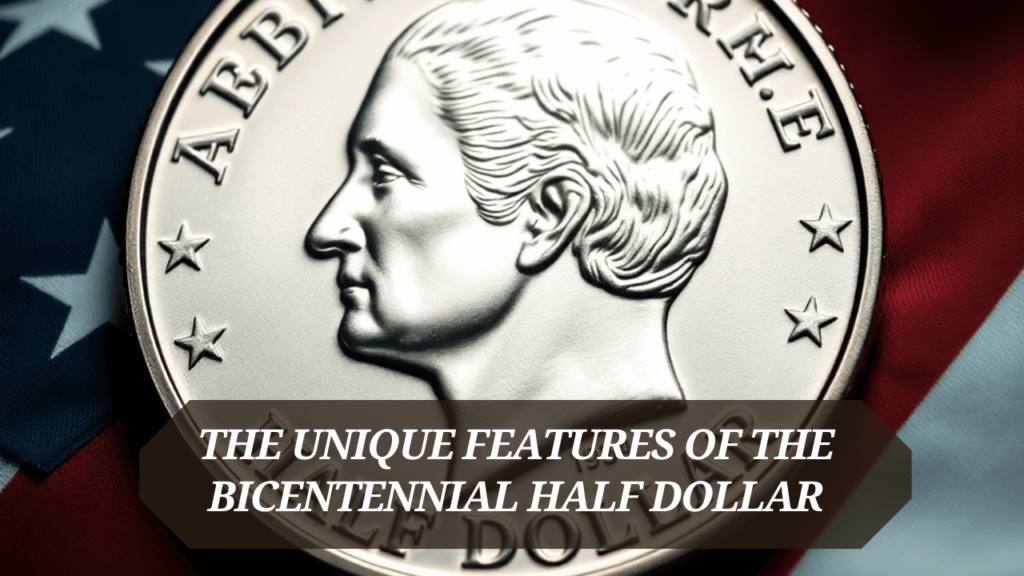
- Doubled Date: The reverse side of the coin has a double date: “1776–1976,” which makes it an anniversary coin. No other halves possess this feature.
- Reverse Design: On the reverse side is Independence Hall. Surrounding this feature are inscriptions of “United States of America” and “Half Dollar.” The design feasts on the birth place of American independence.
- Material Composition: The Bicentennial Half Dollars were minted with a copper-nickel clad composition in most instances. A few, however, were produced in 40% silver. It is these versions that are among the most coveted by collectors and even coin hunting enthusiasts.
- Mint Marks: The Bicentennial Half Dollar pieces were minted in Philadelphia (no mint mark), Denver (D), and San Francisco (S). San Francisco was the minting location of the special silver proof versions.
The Hunt for Rare Silver Proof Bicentennial Half Dollars
Coin hunting-the art and thrill of searching through rolls, bags, or collections for the rare and the valuable coin-is perhaps one of the most exciting aspects of numismatics. The Bicentennial Half Dollar presents an exciting challenge to coin hunters, especially for seekers of silver proofs.
1. What to Look For:
- Silver Content: Checking with a magnet or by weighing the coin identifies any distinct properties of silver. Silver Bicentennial Half Dollars run a bit heavier than the clad versions (about 11.5 grams as opposed to 11.34 grams).
- Mint Mark: The San Francisco Mint “S” mint mark is used.
- Condition: Coins in high grades, with little wear and readable details, are harder to find and bring more into the buyer’s pocket.
2. Where to Look for:
- Bank Rolls: Get half-dollar rolls from your local bank. Of course, it is a long shot, but some collectors have found silver Bicentennial Half Dollars hiding in rolls.
- Coin Shows and Markets: Approach dealers and collectors at coin shows, as they would probably be selling or trading some silver proofs.
- Inherited Collections: Sometimes the treasures that lie within family coin collections are hidden silver proofs of the Bicentennial set.
3. Why It’s Cool:
Discovering a silver proof Bicentennial Half Dollar isn’t about price-it’s a piece of the past. The thrill of the hunt is the completion of an American trail, not to mention America’s second hundred years of time.
The Value of Bicentennial Half Dollars
The value of a 1776–1976 Bicentennial Half Dollar relies entirely on several factors: its composition, condition, and its rarity.
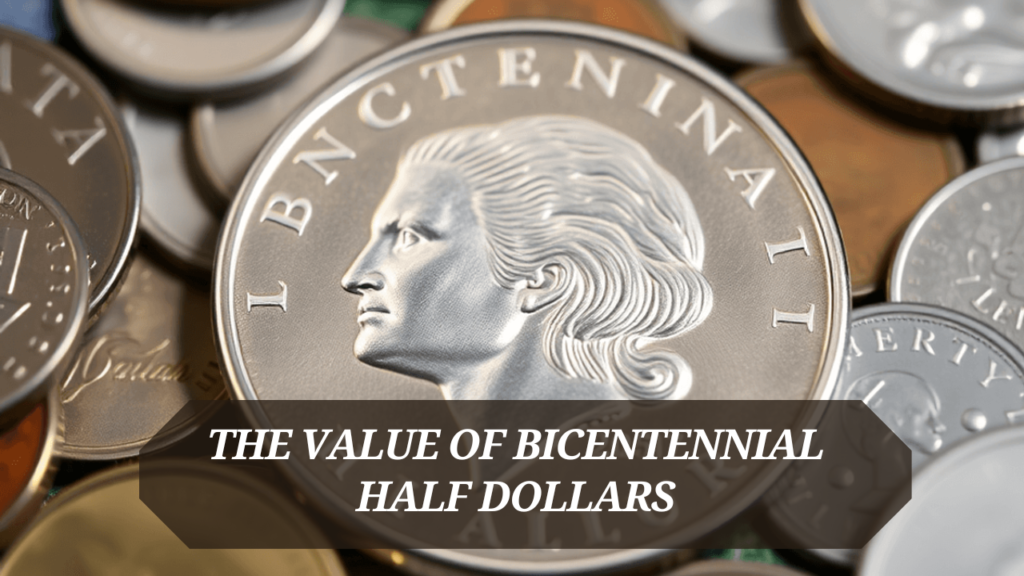
Bicentennial Half Dollars Clad:
- Circulated coins are often found in common circulation; thus their price is the face one of 50 cents.
- Uncirculated coins have a price of $2 to $5 depending upon demand in mint condition
Silver Bicentennial Half Dollars
- Proof Coins: Excellent-grade silver proof versions sell for $10 to $15 dollars. Better grades, like Proof-70, go for $50 or so.
- Circulated Silver Coins: Silver Bicentennial Half Dollars are well worth more than face value due to silver content, even circulated. Their melt value varies with the price of silver but will average about $4 to $6 per coin.
Error Coins:
Erroneous coins such as mis-struck or missing features are extremely rare, and this may greatly add to the value of the coin. Bicentennial errors are quite scarce and sell for several hundreds of dollars.
The Roosevelt Connection and Legacy
Although the Bicentennial redesign concentrated upon the quarter, half dollar and dollar, the Roosevelt dime is often associated with the same period. Named after President Franklin D. Roosevelt, this coin represents tenacity and movement.
Though it did not have its design altered in 1976, the country’s continuity is found when highlighting the steady presence of this coin in American money.
The Bicentennial Half Dollar, with its dual date and patriotic design, stands as a testament to America’s rich history and enduring values. It serves as a bridge between past and present, reminding collectors of the nation’s journey toward independence and the milestones achieved along the way.
FAQs:
What is the 1776–1976 Bicentennial Roosevelt Half?
It’s a commemorative half dollar minted to celebrate the United States’ 200th anniversary, featuring Independence Hall on the reverse.
What makes the Bicentennial Half Dollar unique?
Its dual date “1776–1976,” special design, and rare silver proof editions distinguish it from regular half dollars.
What is the coin’s value in general circulation?
Circulated clad coins are typically worth face value (50 cents), while uncirculated coins may fetch $2 to $5.
What are error Bicentennial Half Dollars?
These include coins with striking flaws, like off-center strikes or missing details, which can sell for hundreds of dollars.
